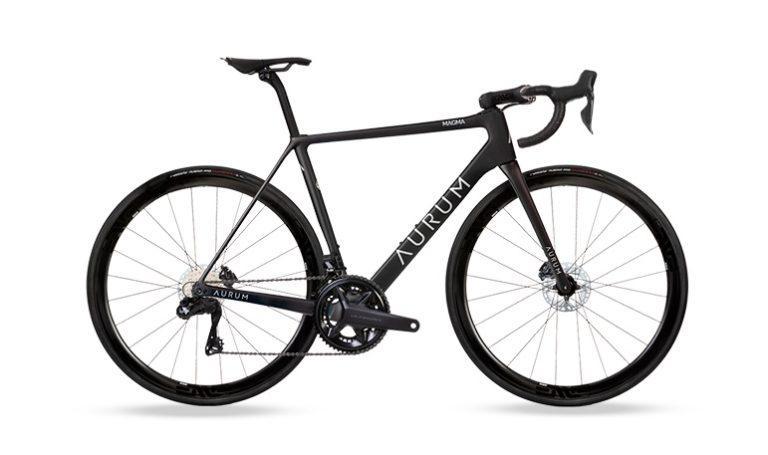The Evolution of Cycling Materials
Cycling technology has evolved remarkably over the years, with advancements in materials playing a crucial role.traditionally, bicycles were constructed from steel or aluminum, which provided durability but lacked in weight efficiency and ride quality.The introduction of carbon fiber has revolutionized the cycling industry, ushering in a new era of performance.
What is Carbon Fiber?
Carbon fiber is a composite material consisting of thin strands of carbon atoms woven together and infused with a polymer resin. This combination results in a lightweight, yet incredibly strong structure, making it ideal for high-performance bicycles.
Benefits of Carbon Fiber in Cycling
The shift to carbon fiber has brought numerous benefits to cyclists, influencing everything from the frames of bikes to their components. Here’s a detailed look at why carbon fiber is a favourite among cycling enthusiasts:
-
- Lightweight: carbon fiber is significantly lighter than steel or aluminum, allowing cyclists to experience improved speed and reduced fatigue during long rides.
-
- Stiffness: The material offers high stiffness-to-weight ratios, resulting in superior power transfer with minimal loss of energy.
-
- Vibration Damping: Carbon fiber absorbs road vibrations better than metal,providing a smoother ride and enhanced comfort.
-
- Design Adaptability: Carbon fiber can be molded into complex shapes, allowing manufacturers to create aerodynamic designs that optimize performance.
-
- Durability: While it is indeed lightweight, carbon fiber is also durable and resistant to rust and corrosion.
The Impact on Bicycle Frames
Carbon fiber’s impact on bicycle frames cannot be overstated.Here’s how it has transformed this critical aspect of cycling:
Enhanced Performance
Carbon fiber frames significantly improve a bike’s overall performance. With various layup techniques, manufacturers can enhance properties like stiffness and flex in specific areas, optimizing performance characteristics for diffrent riding styles.
Weight Reduction
Compared to traditional materials, a carbon fiber frame can shave off considerable weight. For competitive cyclists, this reduction can translate into faster climbs and quicker acceleration.
carbon Fiber in Handlebars and components
The revolution doesn’t stop at frames. Carbon fiber is also making waves in handlebars and other bike components:
Handlebar Design Innovations
-
- aerodynamic Shapes: Carbon handlebars can be shaped to reduce drag,which is vital for road and triathlon cyclists.
-
- Grip and Comfort: The unique properties of carbon allow for more ergonomic designs that reduce hand fatigue.
-
- Weight Savings: Carbon handlebars are significantly lighter than their aluminum counterparts, contributing to overall bike performance.
Other components
Manufacturers are increasingly utilizing carbon fiber for components like:
-
- Wheels: Carbon fiber wheels offer improved aerodynamics and reduced weight.
-
- Seat Posts: Carbon seat posts can enhance comfort and reduce overall weight.
Case Studies: Leading the Charge
| Brand | Model | Material | Weight (g) | Price ($) |
|---|---|---|---|---|
| Cannondale | SuperSix EVO | carbon Fiber | 830 | 3,400 |
| Trek | Madone SLR | Carbon Fiber | 800 | 6,000 |
| Specialized | Venge | FACT 12r Carbon | 780 | 5,500 |
Frist-hand Experiences with carbon Fiber Bikes
Rider Testimonials
Many cyclists swear by the advantages of carbon fiber technology:
“Switching to a carbon fiber frame was a game changer for me in terms of speed and comfort. I felt a noticeable difference on long climbs.” – Emily, road cyclist.
“My new carbon handlebars made a huge difference in my grip and overall efficiency during races. the lighter weight was felt instantly.” – Daniel, competitive cyclist.
Practical Tips for Choosing a Carbon Fiber Bike
For those looking to embrace the carbon fiber revolution, here are some practical tips:
-
- Test Ride: Always test ride different models to find your perfect fit and comfort level.
-
- Consider Your Style: Whether you’re a road racer or a mountain biker, ensure the bike is suited to your riding style.
-
- Check Quality: Look for reputable brands with good warranties to ensure you’re getting quality craftsmanship.
The Future of Carbon Fiber in Cycling
With continuous advancements in technology and materials, the future of carbon fiber in cycling looks promising. Research and development are ongoing, leading to lighter, stronger, and more efficient cycling equipment. As sustainability becomes a prime concern, manufacturers are also exploring eco-friendly alternatives in carbon fiber production, perhaps transforming the industry further.

